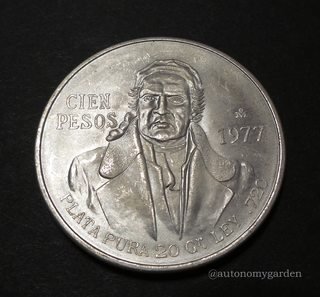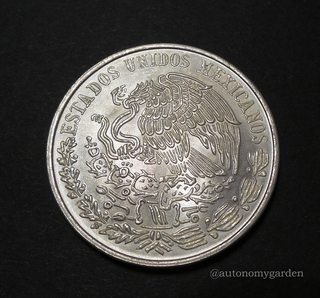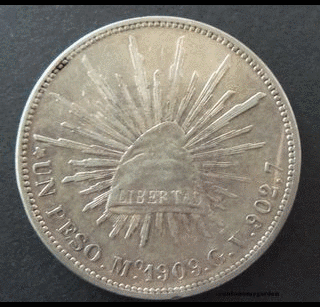In the 1970s, cutbacks to the supply of petroleum by the OPEC cartel sent the price of oil skyrocketing.
Around this time, newly discovered petroleum reserves turned Mexico from an oil-importing nation to an oil exporter. With this new revenue stream came an increase in credit loans available to both government and private entities allowing Mexican officials to go on a spending spree “investing” in (more often wasteful) pubic works projects. One example shows not only the economic waste, but environmental harm caused by these projects:
”…Mexico City had a problem with water shortage and water development projects were created to bring water to Mexico City from farther and farther away. The real problem is that residential water use in Mexico City was not metered. Residents paid a flat fee and the fee did not go as they used more and more water. There was nothing to discourage middle and upper income families from creating landscaping that required vast amounts of water. To make matters worse the more water the city used the more wastewater there was to dispose of. Mexico City lies at the bottom of a basin so the wastewater had to be pumped uphill to dispose of it. This required electrical power.”
Source
As the price of petroleum continued to rise toward the end of the 1970s, an increase in Mexico’s foreign borrowing (and interest expense) followed.
A one-two punch to the nation’s fiscal health came when 1) Iran’s petroleum supply came back on the market causing the global price of oil to plummet, thus pulling Mexico’s oil revenue down with it and 2) the rise in US interest rates caused Mexico’s foreign borrowing costs to explode.
 |
| 
In less than 70 years, the Peso coin was debased of its silver content by over 99%.
Through the 1980s and early 90s inflation accelerated, culminating in an official cancellation and reissue of bank notes.
On January 1, 1993 the Bank of Mexico introduced a new currency, the nuevo peso ("new peso", or MXN), written "N$" followed by the numerical amount. One new peso, or N$1.00, was equal to 1000 of the obsolete MXP pesos.
Source
According to Kitco pricing, as of December 13, 2016 the Peso buys .09 grams of silver. Not adjusting for the 1993 currency reissue, the Mexican Peso buys less than ½ of 1% that it did just over a century ago.

History shows the economic devastation that befalls a people who put their faith in paper currency controlled by a cartel, regardless of whether this cartel is in the form of a “government” or a privately owned central bank. Families torn apart, a lifetime of savings destroyed and entire societies left demoralized and bankrupt. The actors and costumes change, but the cycle of looting and pillaging is the same.
Unfortunately, history repeats because people forget the lessons of the past.
Click here for Part 1 – Independence
Click here for Part 2 - The Constitution of 1917
Click here for Part 3 – Nationalization and Public Works “For the People”
Click here for Part 4 – “The Economic Miracle” or Merely Illusion
*All coin photos are from my personal collection
Coin Info Source
Paradoxically, one of my favorite gold pieces is a 50 peso Mexican coin minted in the 1940s containing 37.5 gr "oro puro". That's nearly 1 1/4 oz. Also love the silver Libertads. Mexico has enormous natural mineral wealth, but worthless currency, like everyone else...
I agree. The Mexican Mint put out some of the most beautiful coins. I have a couple Libertads - higher premium than other national mints, but a terrific looking bullion coin.
This post has been ranked within the top 80 most undervalued posts in the first half of Dec 14. We estimate that this post is undervalued by $4.47 as compared to a scenario in which every voter had an equal say.
See the full rankings and details in The Daily Tribune: Dec 14 - Part I. You can also read about some of our methodology, data analysis and technical details in our initial post.
If you are the author and would prefer not to receive these comments, simply reply "Stop" to this comment.